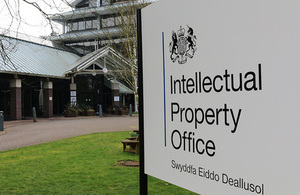News story: UK implementation of the Trade Mark Directive 2015 comes into force

The changes support innovation and economic growth in the UK, helping to minimise differences between the trade mark frameworks across Europe.
They also modernise and future-proof the trade mark system for users.
The amendments reflect the outcome of a public consultation on the Trade Mark Directive. Some of these important changes relate to:
- the ability to file a trade mark for a sound or motion as an MP3 or MP4 file
- the removal of expired trade marks from search reports
- changes to who can apply for a collective trade mark
- changes to proof of use periods in opposition and invalidation periods
- separate oppositions will now be required to jointly oppose (or invalidate) a trade mark based on earlier rights, unless the parties jointly own these
Further information on the changes, and how they may affect you, can be found in the business guidance.
The Trade Marks Act and Trade Marks Rules have also been updated to reflect the changes.
Why did we make the changes?
The Trade Mark Directive 2015 aims to make trade mark laws consistent across Europe. The amendments to the Trade Marks Act align the UK’s trade mark laws more closely with those of the rest of Europe. These changes therefore make it easier for UK businesses to protect their IP rights here and across the EU.
We know the changes are widely supported by users of the UK trade mark system. We have committed to introduce and maintain them regardless of the outcome of the negotiations surrounding the UK’s exit from the EU.
Published 14 January 2019